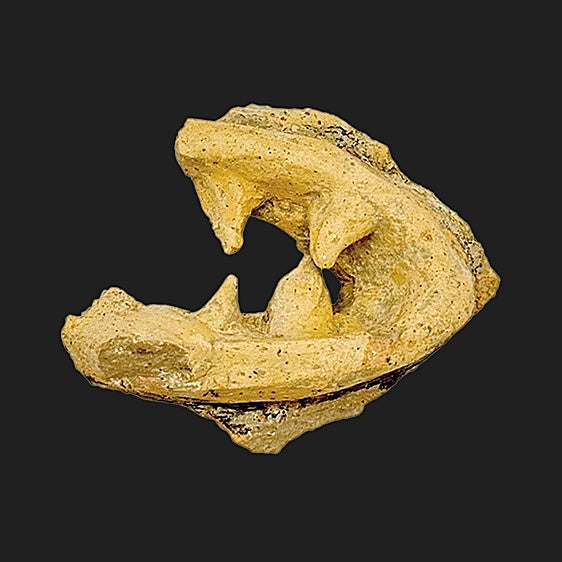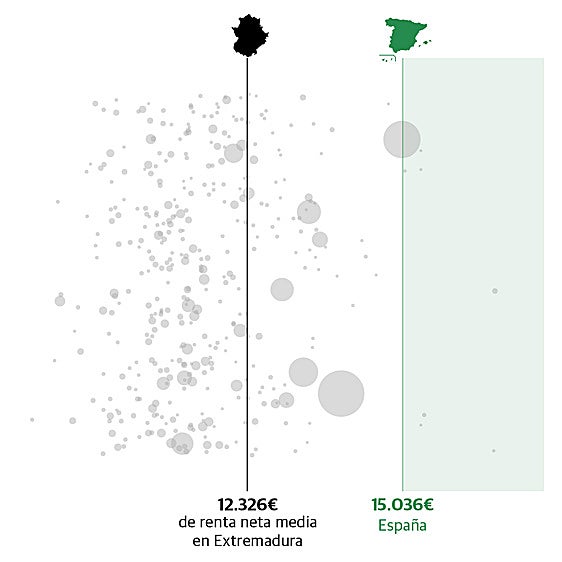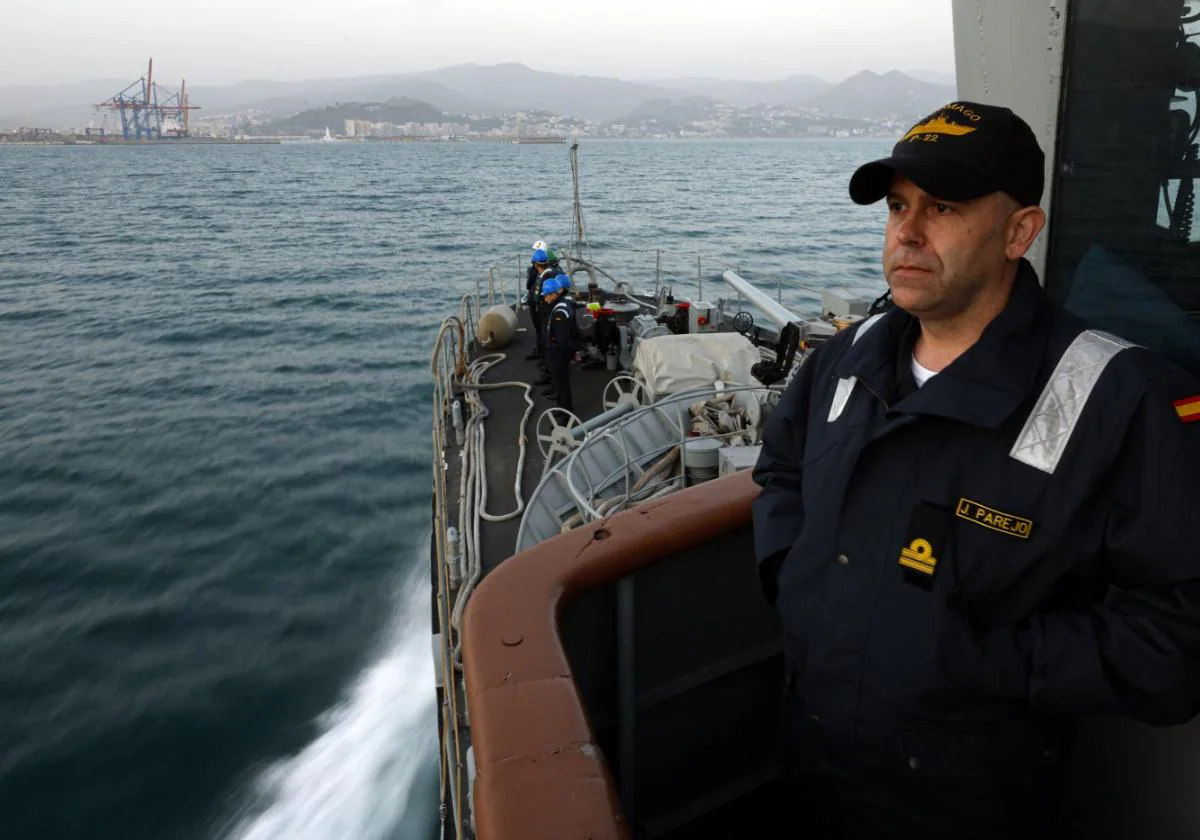On board the Tagomago: the guardian of the seas
The P-22 patrol boat is the only Navy ship with a marine base in Malaga and the only one in service despite coming under fire on the Saharan fishing bank
Susana Zamora
Viernes, 2 de junio 2023
Alight northwesterly blows on a morning where the sea haze obscures a promising sunrise aboard the Tagomago patrol boat, the only Navy ship of its kind based in Malaga since July 2012. The 11C flashing up on the city's street thermometers are blamed as we arrive at pier 8, where this vessel now berths after being moved from the Marqués de Guadiaro dock due works to convert it into a yacht marina. She remains in the city, but has become invisible. No more the object of the curious gaze of tourists and passers-by on pier one. Now it is neighbour to a few fishing boats returning at that hour amid a deafening flock of seagulls.
Ahead is an 80-mile journey in the direction of Gibraltar, with an expected return time at sunset. The sea is calm after a week of strong Levante (easterly) winds. The forecast is for waves no higher than 50cm. It is 8am and the crew have been at their posts for the last few minutes: "Tagomago, man the flag, man the flag, to the stern", comes the order from the bridge. Then, with extreme solemnity, they raise the flag of Spain with the national anthem playing in the background.
From that moment on, the entire crew gets to work, making routine checks of equipment and systems so there is nothing affecting safety. "The operating procedure of the ship takes one hour, but we can be ready to go in 40 minutes if urgent," says José Antonio Parejo Cabezas, who assumed command of the Tagomago in July 2022. In two months' time the commander will change to Víctor Moya Abarca, who will come from the Victoria frigate, where Parejo Cabezas will probably be sent on a new mission in Somalia in October.
From a very young age, Parejo Cabezas was always attracted to the Navy, so much so that he dropped out of studying physics to embark on this life goal. "I was 22 years old and at the age limit to enter. I always liked travelling and I felt that it was the best place to see the world", confesses this naval lieutenant, who passed out in first place from the Naval Academy of Marín (Pontevedra) in 2012. He was stationed in Germany and has participated in various peacekeeping operations. Married with two children, he does not regret the decision he made, although he does not hide the personal and family sacrifices that it entails. "It means, for example, not being able to go to your sister's wedding and almost missing the birth of your son," recalls the commander, who took advantage of a 12-day stopover in Catania during a peacekeeping mission, to attend the delivery. "In the end, they had to induce labour because, if not, I would have had to return to duties without meeting him," he says.
The Tagomago is one of the ten patrol boats of the Anaga class designed for coastal surveillance, fishing and maritime rescue
Now, with barely two months left of his service on the Tagomago, Parejo Cabezas proudly admits that he will be taking away memories of 30 comrades "who are practically family" (three officers, five non-commissioned officers, the rest being troops and sailors). "It can be said that it has been the most important work experience that I have had during my years in the Navy. Professionally I take away the experience of having commanded an Anaga class patrol boat. Being the first in command tests you and you learn a lot. In addition, you make some very important links with guilds and other institutions across the city."
One of two Malaga-born crew aboard
A native of the Campanillas area of Malaga province, Antonio Muñoz had always liked the armed forces, especially the Navy. He studied a higher degree in administration and finance and took his first steps in civilian life, strongly advocated by his family. "My mother constantly urged me not to sign up, terrified that they would send me to some war," he recalls. However, with the Navy he saw a way to better himself that he could not find in civilian life. "Here I have found job stability that I never achieved on the outside, despite the fact that I gained great experience in the different companies in which I worked," says Muñoz, whose first posting has been to his own city aboard the Tagomago. "I have been very lucky, the tears are yet to come," jokes the man from Malaga.
The Tagomago is 44.26m long, 6.60 wide and 3.3 deep, capable of reaching a maximum sustained speed of 15 or 16 knots and its consumption barely reaches 2,000 litres of fuel per day. She can sail unaided for one week although this limitation is not so much for fuel, but for the fresh food and drinkable water that can be stored on board.
This boat is one of the ten patrol boats (only three remain in service) specially designed for coastal surveillance, fishing and rescue services in case of shipwreck or accidents at sea. Each of them bears the name of an island or islet off the Spanish coast. Tagomago is an islet located to the northeast of the island of Ibiza. Built by the Bazán National Factory (now IZAR) and delivered to the Navy on January 30, 1981 at its shipyards in San Fernando (Cadiz), the Tagomago is now part of the maritime action force (FAM) within the main Spanish fleet. FAM is made up of a set of units whose objective is to prepare to protect national maritime interests and to control areas of national sovereignty. As part of this protection work, the Tagomago covers Almeria to Huelva, preventing the use of improper fishing gear, foreign fishing vessels from fishing without permission in Spanish waters, or ships with the flag of another country from anchoring without authorisation. Other tasks include monitoring and reporting to other authorities in the maritime field any unusual activity in the Strait such as small boats, dinghies, unlicensed fishing boats.
At present, it is the only naval boat to remain in service after coming under machine-gun fire on the Saharan fishing bank. A plaque on the bridge commemorates that life-changing event in her history. On September 21, 1985, when she was looking for the fishing boat Junquito, she received 48 hits from the coast. In the attack a second corporal died and several crew wounded. To repel that attack, her main weapon was deployed - a three-inch Mk22 semi-automatic cannon located at the bow, with a firing rate of 15 to 20 shots per minute. At the stern, there is an Oerlikon automatic cannon, model 5-TG 20/120 mm, fed by 20-round ammo belts, firing some 280 rounds per minute.
Despite that encounter and the years adding up, her commander insists that she is in good shape, that she is a "tough" boat, withstanding "all kinds of sea conditions."
"This type of boat is probably the worst in the entire fleet to pitch and roll, but it recovers very quickly. I have gone flying sometimes in my cabin," he recalls. However, he acknowledges that she is one of the "best ships" to command as a lieutenant, not only because she is older, but also because of the missions she carries out and because of the crew. "She is not a frigate, but with respect to the other types of patrol boat, this model is the most sophisticated," he claims.
The Tagomago typically heads out monthly, for five to seven days, mainly focused on maritime surveillance, but also on shared duties with others. Training is non-stop.
"The sweat from training prevents blood in combat. Train as you fight, fight as you train" insists the commander. In this case, they are heading for two frigates, on operational trials in the Alboran Sea, to carry out a series of exercises.
The first mission is to leave the port via a dredged channel, a lesson in following a risk-free route. Once at full speed, the next exercise begins with the cry of 'Man overboard!'. The crew leap into action and one crew member hoists the 'Oscar' flag (flag names follow the international radio alphabet and each has an unmistakable meaning) to alert any nearby ships of the incident, in this case, an inflatable doll falling overboard. Meanwhile, on the bridge, the horn is blown six times and a sailor, already geared up in a diving suit, rushes to the rescue. Both are picked up and returned to the Tagomago by dinghy.
Before the next exercise, the crew's stomachs need a refill. SUR accompanies the commander to a small officers' mess, presided over by a photo of King Felipe VI. On its walls hangs, in addition to numerous metopes (square panels) gifted by other vessels, an image of the Virgen de la Soledad de Mena, signed by Revello de Toro, symbolising the boat's link with Malaga. On the menu, potato omelette and meat on skewers, with a yogurt for dessert, part of the daily budget of 8.79 euros per person.
On-board safety is the focus of the next training manoeuvre. "Basically, it is handling fire, flood or any other safety risk that might occur on board. Why? Because in the end, when you are at sea, the firefighters are the vessel's own crew," explains the commander. In this case, the exercise simulates a medium-sized fire on board of medium proportions with the crew on standby, everyone in position ready to then walk through the tasks they would have to perform in the assessment of the fire, its extinction, damping down and monitoring.
For the last part of the day and before heading back to Malaga port, the Tagomago engages in the exercise with the two frigates, assuming the role of a hostile patrol boat. The goal of both frigates to achieve their certification is to locate this boat, positively identify it as the boat they are seeking, and then engage with it using surface-to-surface missiles.
Returning to port, the coast is clearly visible. The sea haze has almost completely vanished. It's 8pm. At the end of the day it is time for the solemn lowering of the flag and then the loudspeaker on the Tagomago, as happens on every ship in the fleet, calls the crew to the sailors' prayer at sunset. The commander takes his leave by unexpectedly announcing a day off for the crew, who celebrate the news with military composure. Their faces say it all.



